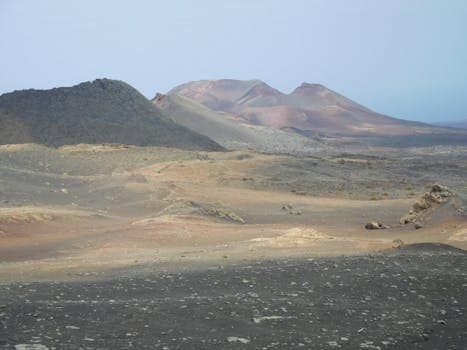Desert blooms that transform barren landscapes
When we think of deserts, we often envision vast, empty landscapes with little signs of life. However, there is one phenomenon that defies this notion – the appearance of desert blooms. These vibrant and resilient flowers have the power to transform barren landscapes into breathtakingly beautiful sights. In this article, we will delve into the world of desert blooms and explore how these small but mighty flowers bring life to the desert.
The Magic of Desert Blooms
The harsh and dry conditions of the desert may seem like an unlikely place for flowers to thrive. Yet, every year, many types of blooms emerge from the desert soil. These blooms are not only a testament to the resilience of nature but also a symbol of hope and beauty in such a seemingly desolate place.
The Right Conditions
Desert blooms do not appear out of nowhere – they require just the right conditions to sprout. These conditions vary depending on the type of flower, but generally, desert blooms require minimal rainfall and a certain temperature range to bloom. These flowers have adapted to survive in extreme environments, making them unique and special.
Bringing Life to Barren Landscapes
The appearance of desert blooms not only adds a burst of color to the desert but also has a significant impact on its ecosystem. These blooms attract pollinators, which then enables other plants and animals to thrive in the area. With the increase in plant life, the overall biodiversity of the desert is enhanced.
Notable Desert Blooms Around the World
Every desert has its own unique set of blooms, making them a delight to explore for both scientists and tourists alike. Here are some of the most notable desert blooms from different parts of the world:
The Joshua Tree (Yucca brevifolia) in the Mojave Desert
Named after the biblical figure, Joshua, this tree-like succulent boasts beautiful white flowers that bloom in late winter and early spring. These blooms are a vital food source for desert animals and are also a popular tourist attraction.
The Red Torch (Echinopsis huascha) in the Atacama Desert
The Atacama Desert is known as the driest place on Earth, making the appearance of these bright red flowers even more remarkable. These flowers bloom in October, and their vibrant colors are a beautiful contrast against the muted desert landscape.
The Prickly Pear Cactus (Opuntia) in the Sonoran Desert
This cactus species is famous for its juicy red fruits, but it also produces lovely yellow flowers in the spring. These flowers attract various pollinators, including bees and birds, and serve as a vital food source for many desert animals.
The Fragile Nature of Desert Blooms
Desert blooms may seem like a resilient and unstoppable force, but they are actually quite fragile. The slightest change in temperature or rainfall patterns can have a significant impact on their growth and survival. In recent years, the effects of climate change have been evident in the decreased frequency of desert blooms, highlighting the importance of preserving these delicate ecosystems.
Conclusion
Desert blooms are a reminder that beauty can flourish in even the harshest environments. Their appearance is not just a visual treat but also a sign of hope and perseverance. So the next time you find yourself in the desert, keep an eye out for these magnificent blooms and take a moment to appreciate the magic and wonder of nature.









